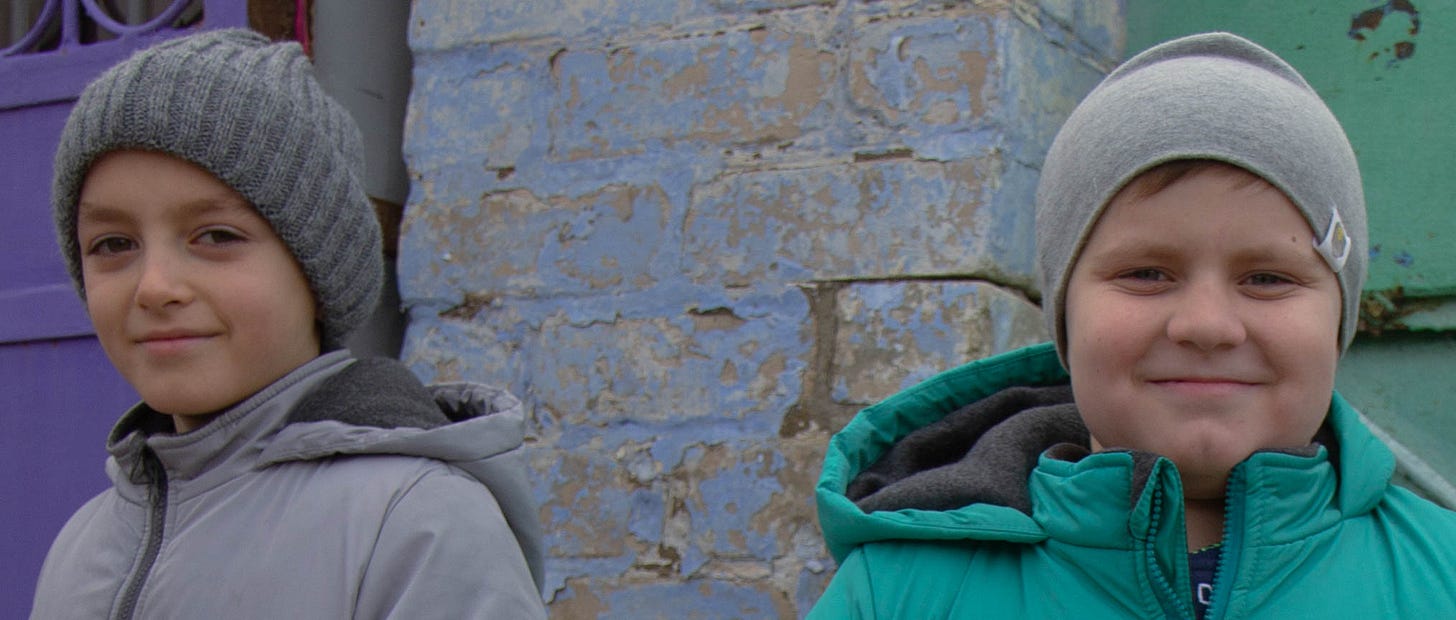I got back to the U.S. after New Years and I’ve been working on a documentary about my time in Ukraine since. I burned out on it for a couple weeks or so but I’m back on it.
It’s a collection of scenes from the southern region with a heavy focus on civilians and how they deal with their situation.
It should be done in a month or so. I’m headed back in May, so it has to be done by then.
In the meantime, I published an essay in DCReport on Friday about my time in Kherson in December.
I like to focus on the experience of subjects, but in this case I thought it was worth speaking from my perspective. I wanted to show their reality through my point of view as an outsider unadjusted to life under constant bombardment.
Obviously, the people in Kherson have suffered in this situation for far, far longer than I had to deal with it and their experience is what this is all about, so I don’t want this story to come off like my thoughts and feelings are in any way more important or relevant than theirs.
Their situation forced them to adapt as a matter of survival and many have become used to what is a total nightmare. Most people don’t flinch at incoming ordnance anymore. I haven’t adapted and I think there is some value in that perspective.
From my eyes it all seemed like total madness. Shelling had me strung out after a weekend in the city and only one shell landed within what I would guess is a few hundred yards. That’s background noise to most.
From what I’ve heard and seen, the situation has not improved. Journalist Zarina Zabrinsky, who was a huge help to me, is currently there and she is the person to follow if you want a raw perspective on what its like there every day. Here’s one of her short videos from earlier this week. That’s totally par for the course, not some particularly “loud” day. It’s that all day, every day.
There are a couple things I want to bring up that I didn’t get into in the DCReport story.
I know Americans don’t see much in the news about Ukraine anymore and it seems that the discourse in the U.S. today has less to do with situation on the ground and more with politics, aid packages, etc., etc.
It’s more pleasant to debate the economic costs of an aid package or the importance of a geopolitical alliance than it is to debate whether or not we think its OK that some kids in the world are currently bleeding out or have already bled out under a pile of rubble.
But these things are one in the same, so have no illusions. I’m not here to tell anyone what to believe. If you don’t care about innocent people dying and all that then that’s your right, but its disingenuous to use debate-grade political euphemisms to discuss it.
Second thing. You might watch videos or see photos out of a frontline city and think it doesn’t look “that bad,” but trust that it feels a hundred times worse on the ground.
An element is untranslatable in photos, videos, and words. Even now, I have a hard time reconciling what I see from afar and the reality on the ground. Sometimes it doesn’t even feel like the same place.
As horrific as it looks in Gaza in videos and photos, I imagine it’s far, far worse on the ground. I honestly can’t believe that more people there haven’t lost their minds. Maybe they have. It has to be totally apocalyptic.
On a positive note, most Ukrainians I met were extremely defiant. People ask me whether or not I think our government should give them weapons and to be honest I think they’d fight with pots and pans if it came down to it. Some of them practically did early on in the invasion.
A lot of them just don’t give a fuck. That was the best thing to hear from people. I’ve heard the same from outside Ukraine. I hope that gives us all something.





